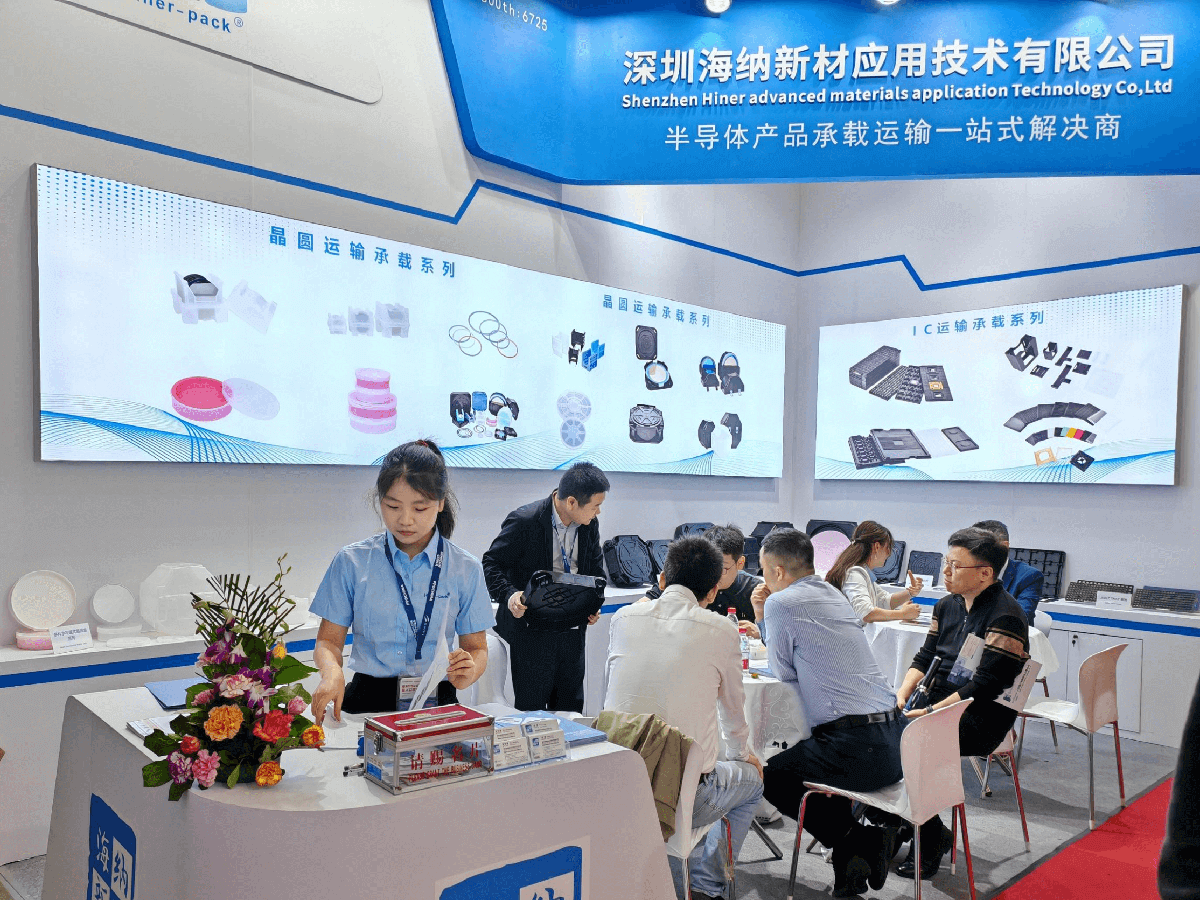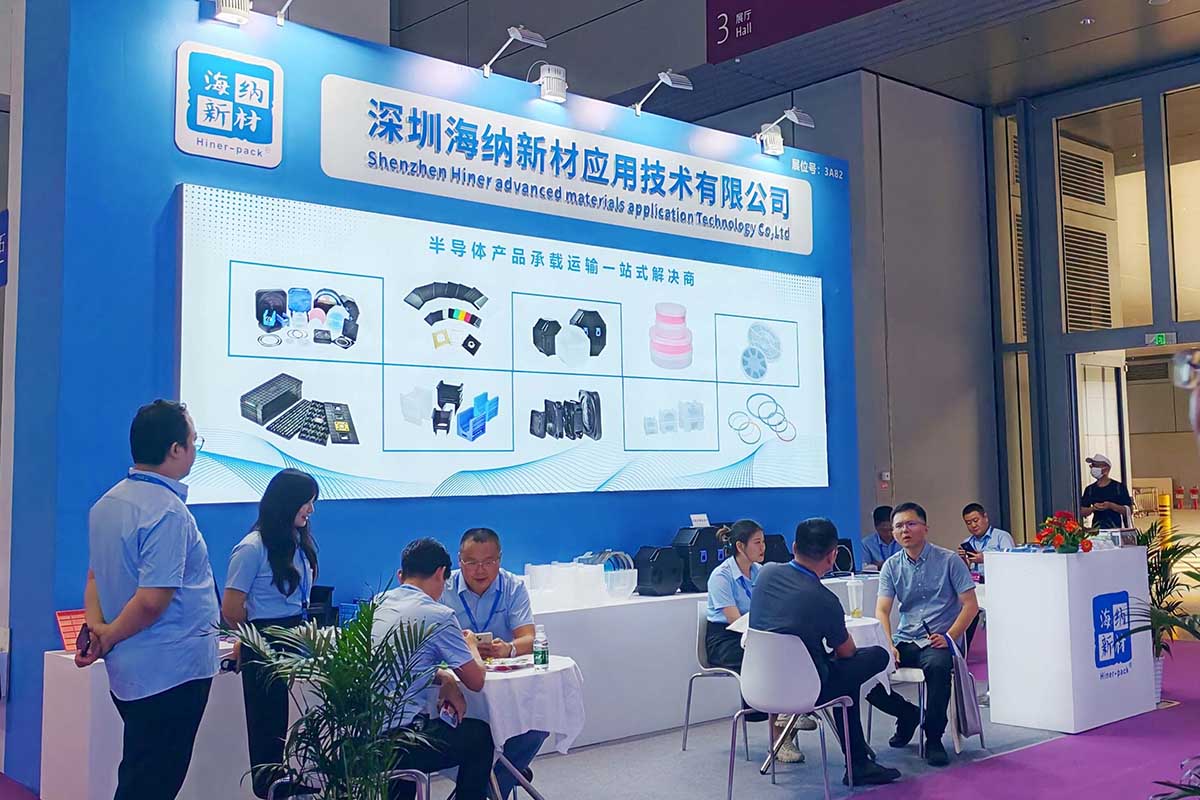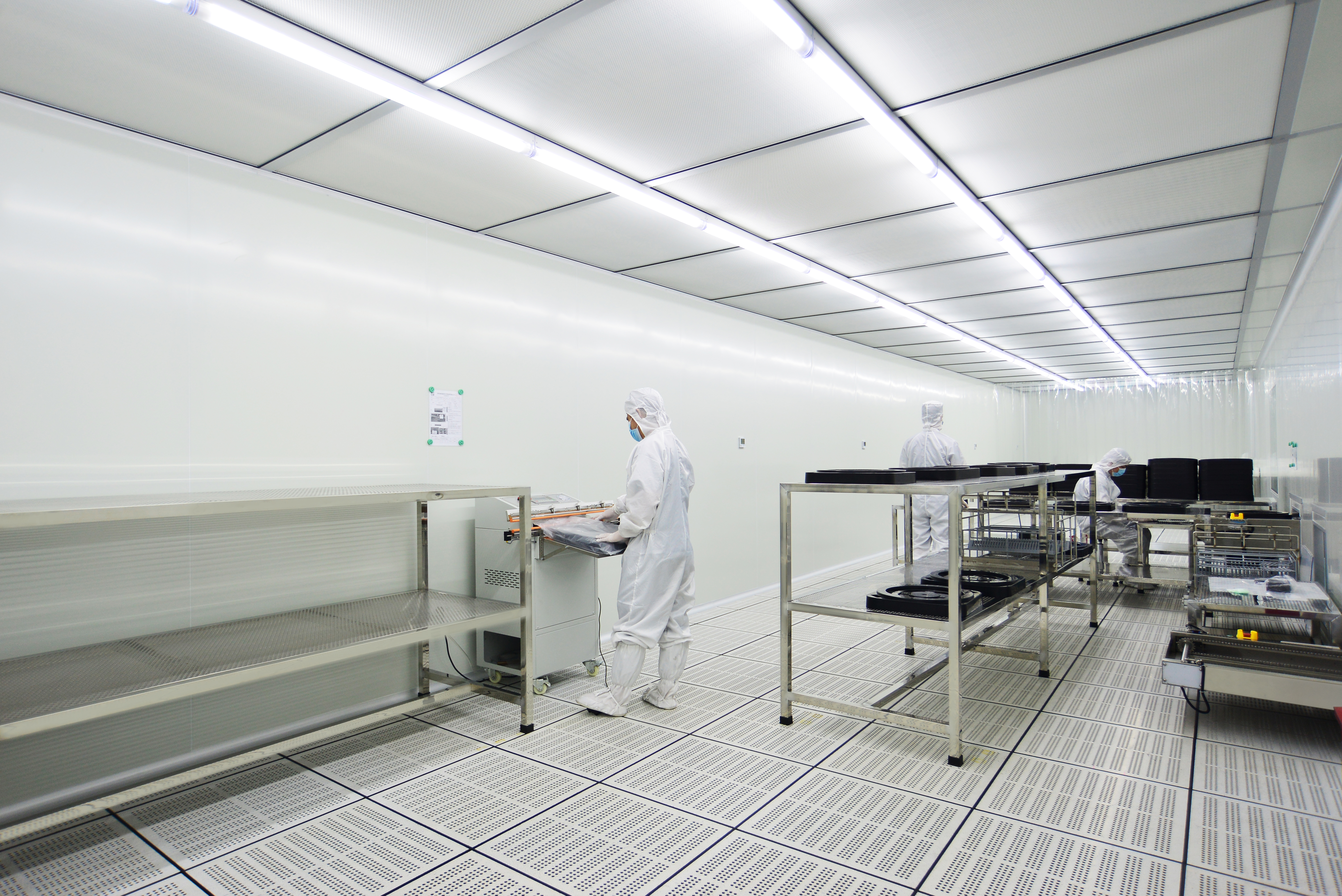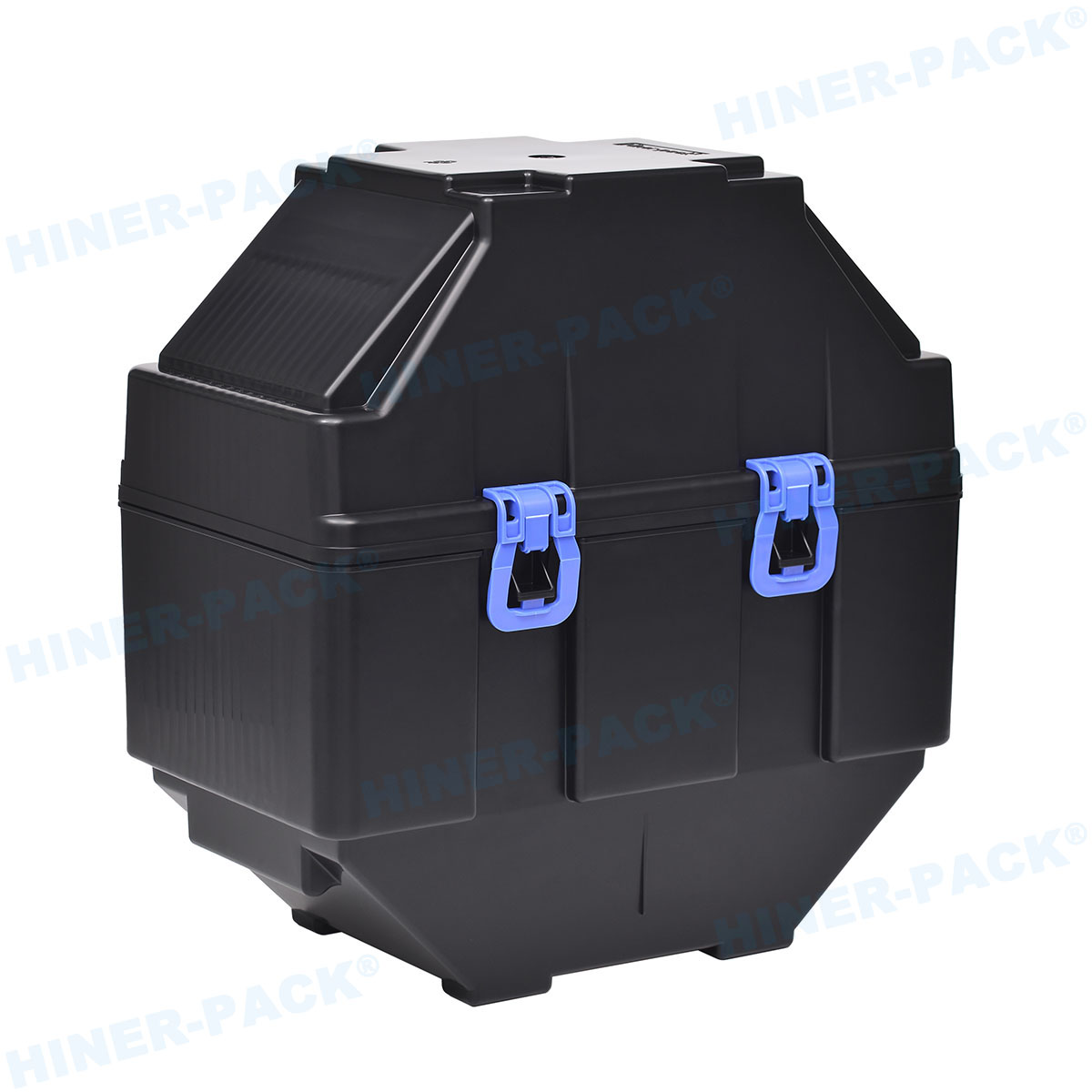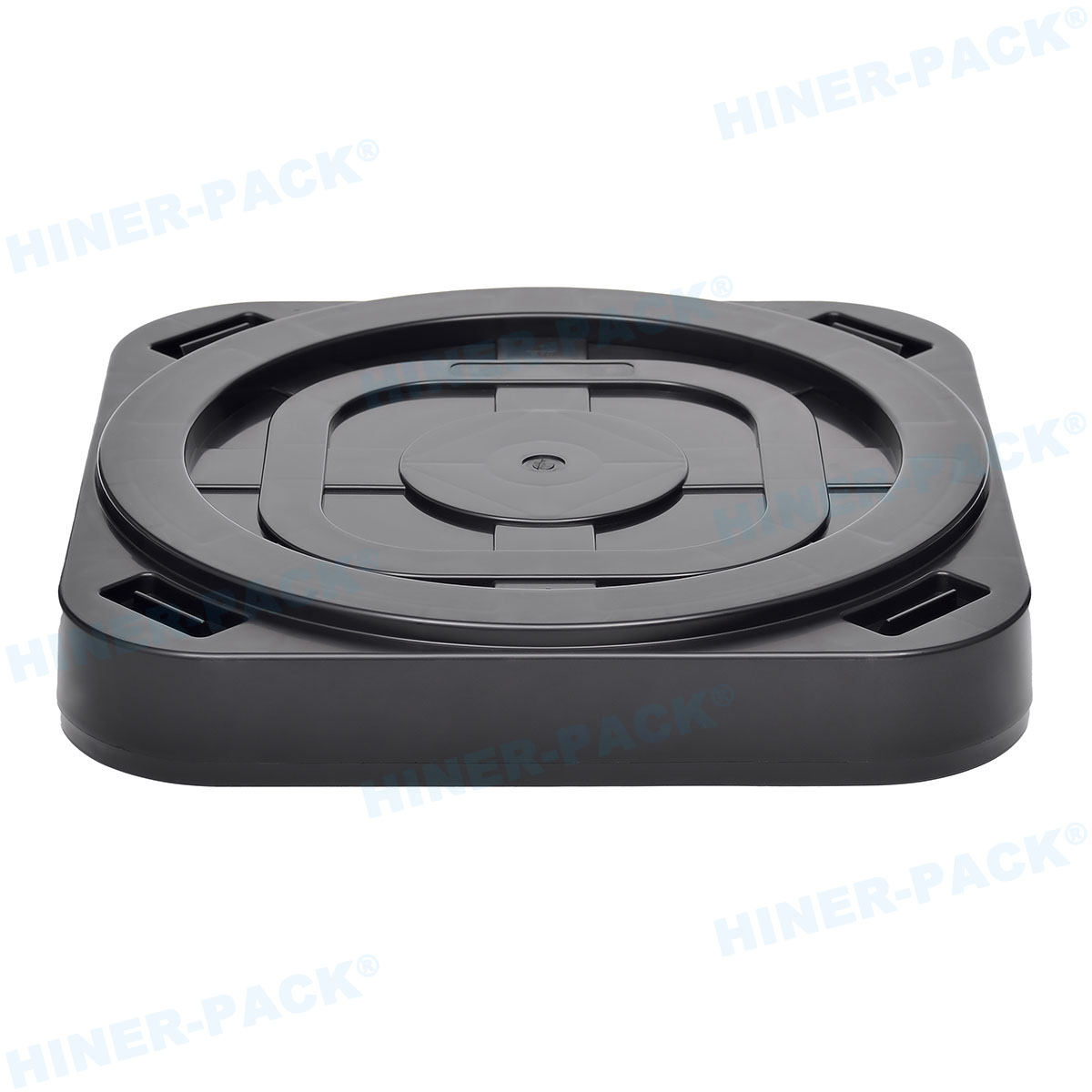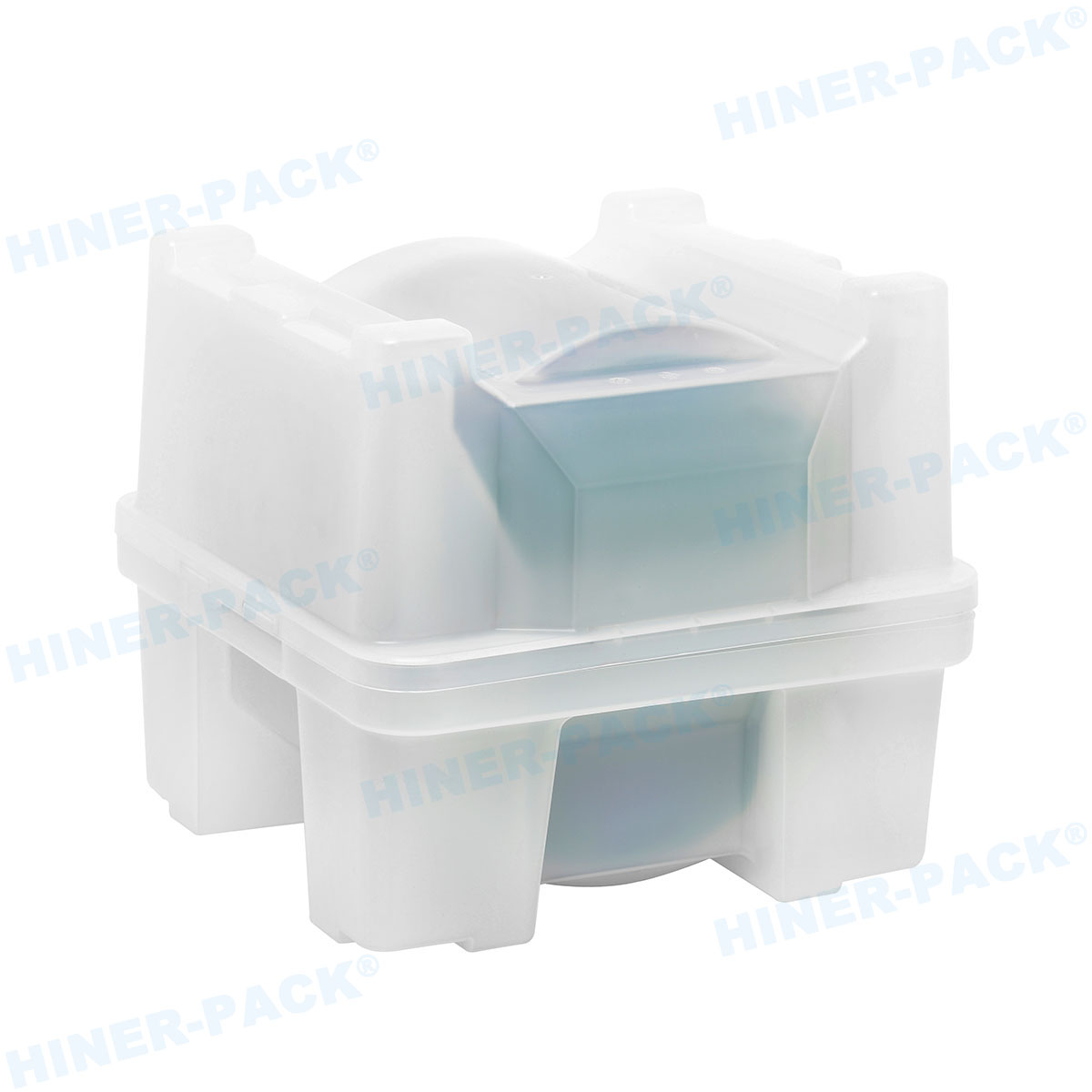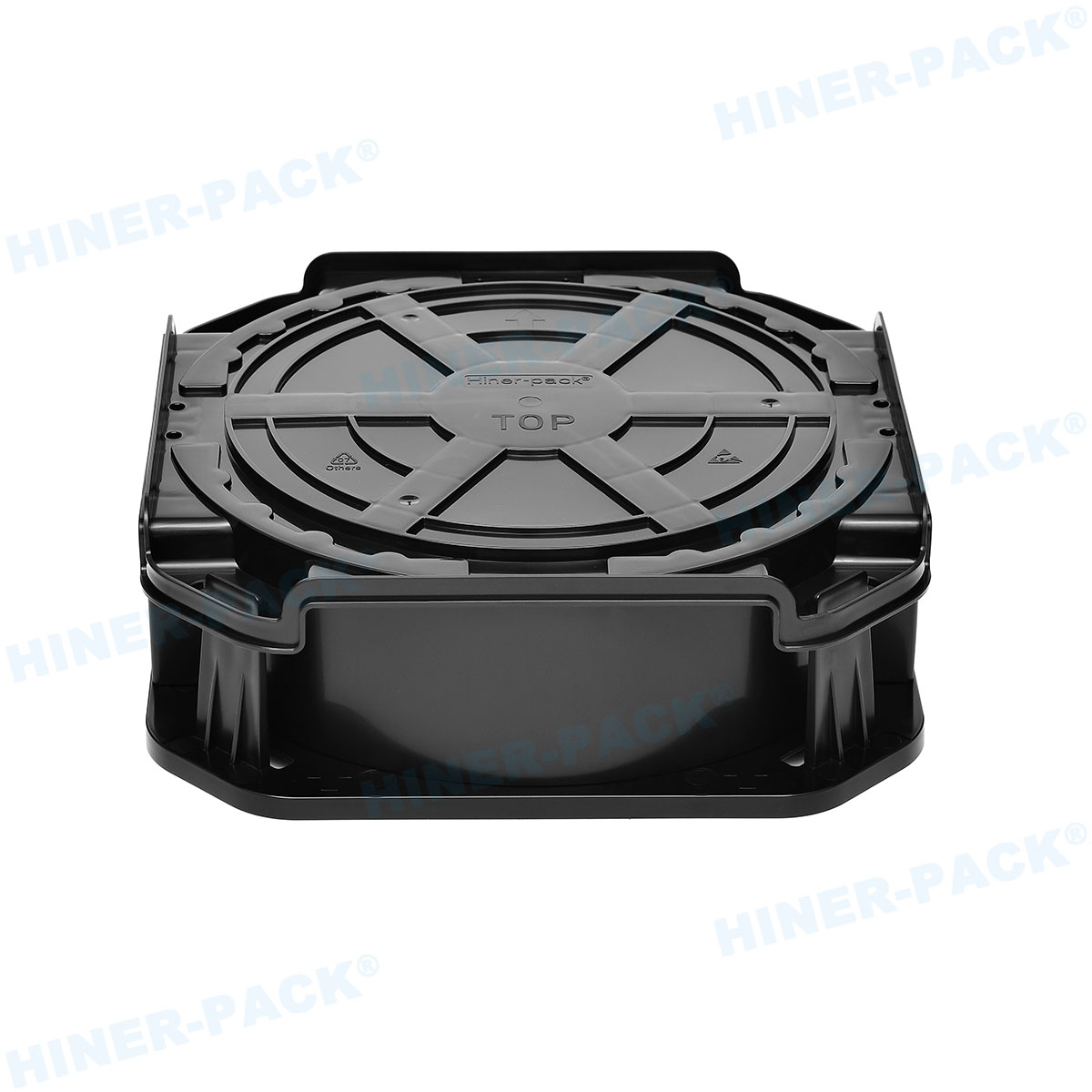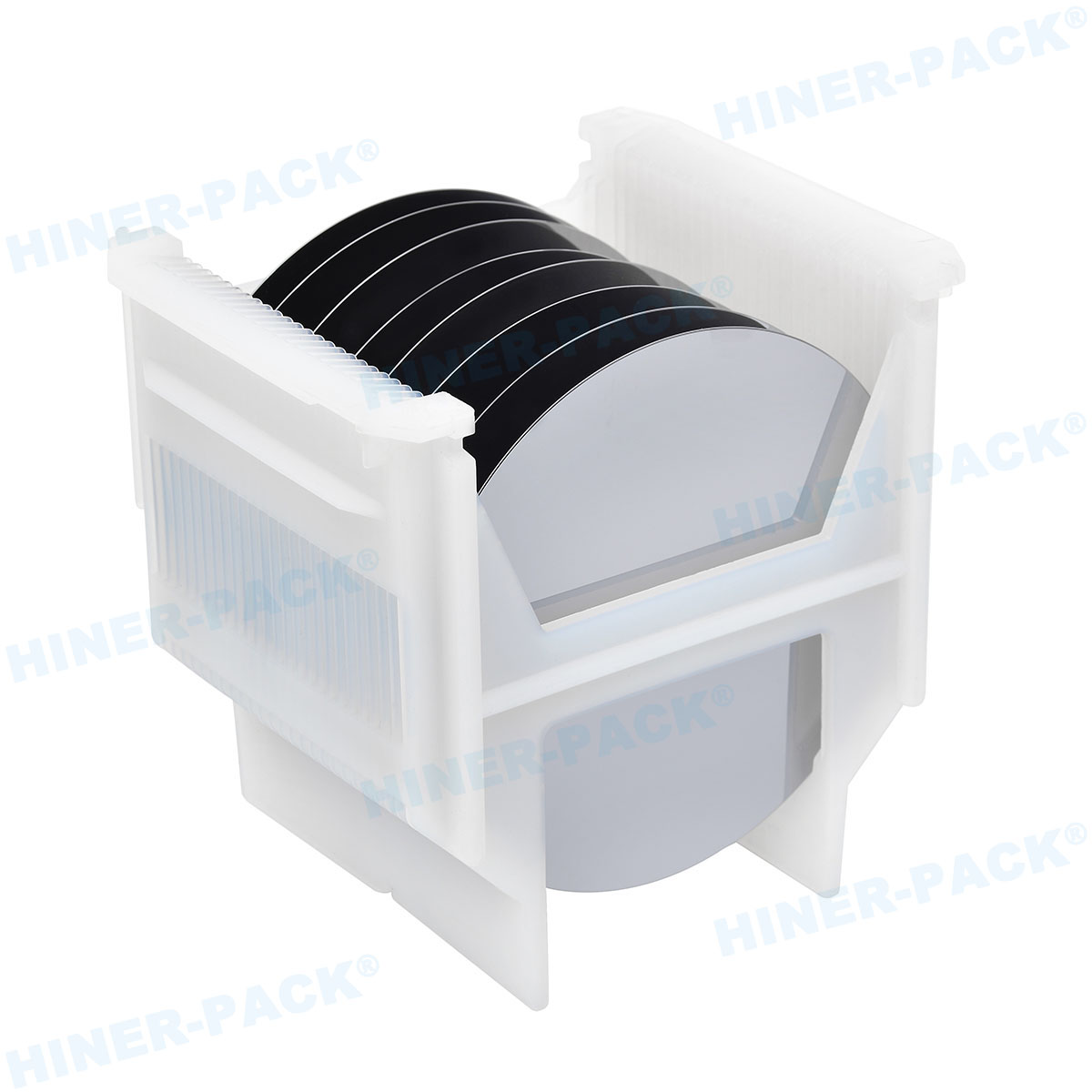In the highly precise world of semiconductor manufacturing, every component plays a critical role in ensuring the quality and yield of microchips. Among these, the silicon wafer holder is a fundamental tool that securely positions silicon wafers during various processes such as etching, deposition, and inspection. This article delves into the importance of wafer holders, explores the nuances of selecting a reliable Silicon wafer holder manufacturer, and highlights the advantages of Custom wafer holder design. We will also address common challenges faced in their use and provide practical solutions. Whether you are an engineer, a procurement specialist, or a researcher, understanding these elements can significantly impact your operational efficiency.
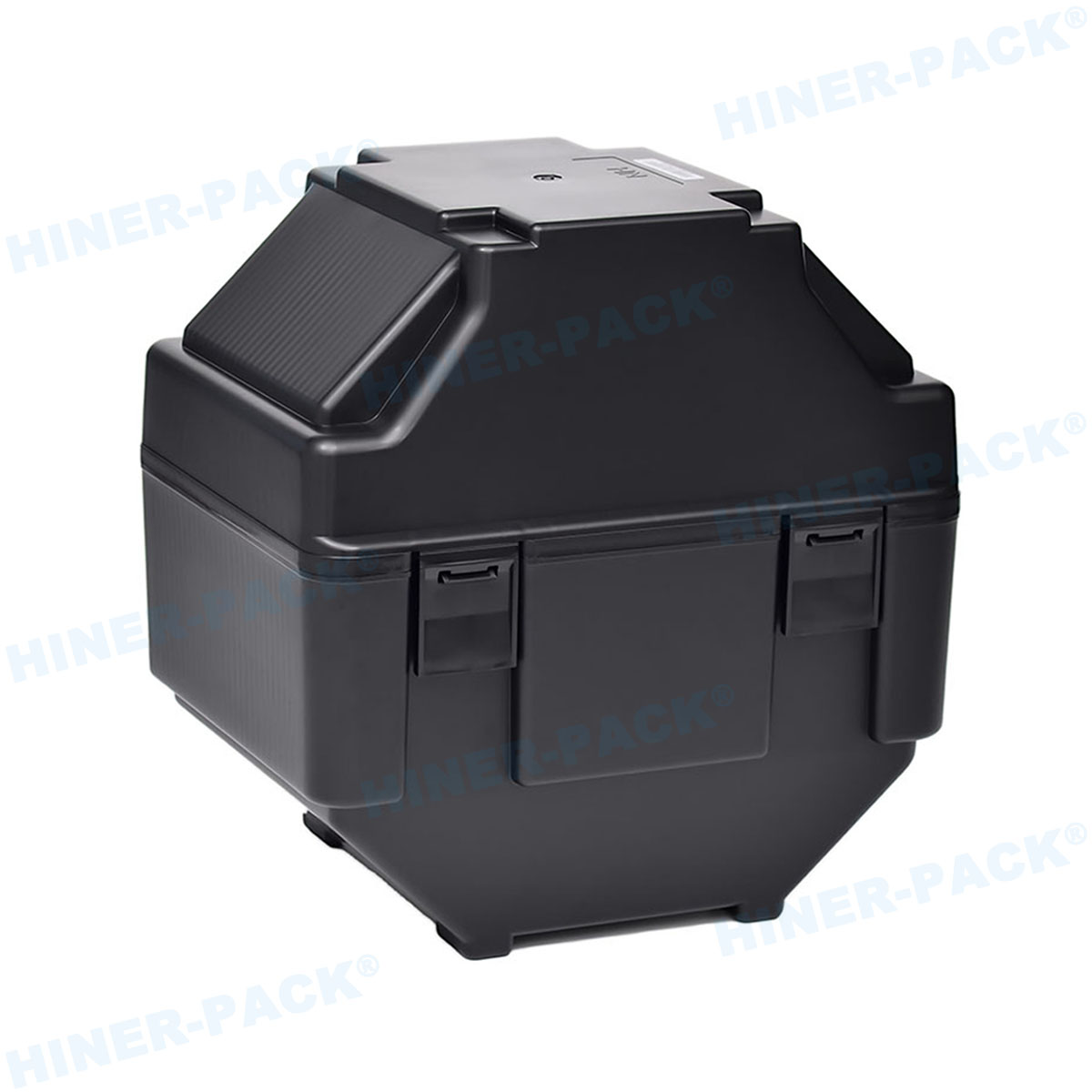
What is a Silicon Wafer Holder?
A silicon wafer holder is a specialized device designed to hold silicon wafers firmly in place during semiconductor fabrication steps. These holders are typically made from materials that can withstand extreme conditions, such as high temperatures, corrosive chemicals, and vacuum environments. The primary function of a silicon wafer holder is to prevent wafer movement, minimize contamination, and ensure uniform processing across the wafer surface. In broader terms, a Semiconductor wafer holder encompasses holders used for various semiconductor materials, but silicon remains the most common due to its prevalence in the industry. The design of a silicon wafer holder often includes features like clamping mechanisms, thermal management systems, and compatibility with automated handling equipment. As technology advances, the demand for more sophisticated silicon wafer holder designs grows, driven by the need for higher precision in nodes below 10 nanometers. Understanding the basics of a silicon wafer holder is the first step toward optimizing semiconductor production lines.
The Evolution of Semiconductor Wafer Holders
The history of Semiconductor wafer holder technology mirrors the progression of the semiconductor industry itself. Early holders were simple mechanical clamps, but as wafer sizes increased from 100mm to 300mm and beyond, the requirements for holders became more stringent. Today, a Semiconductor wafer holder must address issues like thermal expansion, electrostatic discharge, and particle generation. The shift toward larger wafers has necessitated innovations in materials, such as the use of ceramics, quartz, or advanced polymers, which offer better stability and cleanliness. Moreover, the integration of IoT and smart manufacturing has led to the development of holders with embedded sensors for real-time monitoring. This evolution underscores the importance of partnering with a knowledgeable Silicon wafer holder manufacturer who can provide cutting-edge solutions. The Semiconductor wafer holder has become a key enabler of Moore's Law, allowing for more transistors on a chip by ensuring precise handling during complex processes like lithography and chemical mechanical planarization.
Key Considerations When Choosing a Silicon Wafer Holder Manufacturer
Selecting the right Silicon wafer holder manufacturer is crucial for maintaining high standards in semiconductor production. A reputable manufacturer should offer expertise in material science, precision engineering, and industry compliance. When evaluating a Silicon wafer holder manufacturer, consider factors such as their experience with semiconductor-grade materials, quality control processes, and ability to provide certifications like ISO 9001. Additionally, a good Silicon wafer holder manufacturer will have a track record of delivering holders that minimize defects and maximize uptime. It's also important to assess their capacity for Custom wafer holder design, as off-the-shelf solutions may not meet specific process requirements. For instance, some applications may need holders with unique thermal properties or compatibility with specific equipment models. By choosing a Silicon wafer holder manufacturer that emphasizes R&D and customer collaboration, you can ensure that your holders are tailored to your operational needs. This partnership can lead to innovations that reduce costs and improve yield, making the selection process a strategic decision.
The Advantages of Custom Wafer Holder Design
In many cases, standard wafer holders fall short of addressing unique manufacturing challenges. This is where Custom wafer holder design comes into play. A bespoke design allows for optimization based on specific process parameters, such as temperature ranges, chemical exposure, or wafer size variations. The benefits of Custom wafer holder design include enhanced process uniformity, reduced contamination risk, and improved tool compatibility. For example, a Custom wafer holder design might incorporate special coatings to resist aggressive etchants or include features for easier integration with robotics. Working with a Silicon wafer holder manufacturer that offers Custom wafer holder design services enables companies to tackle niche applications, such as those in MEMS or photonics manufacturing. Moreover, Custom wafer holder design can lead to longer holder lifespan and lower total cost of ownership by reducing maintenance and replacement frequency. As semiconductor processes become more diversified, the ability to leverage Custom wafer holder design will be a competitive advantage, ensuring that holders evolve alongside technological demands.
Common Problems with Wafer Holders and Practical Solutions
Despite their importance, wafer holders can encounter several issues that impact production. Understanding these common problems is essential for proactive maintenance. One frequent issue is contamination, where particles from the holder material transfer to the wafer surface. This can be mitigated by selecting high-purity materials and implementing regular cleaning protocols. Another problem is mechanical wear, leading to misalignment or slippage. Regular inspection and working with a Silicon wafer holder manufacturer for durable designs can address this. Thermal instability is also a concern, especially in high-temperature processes; solutions include using materials with low thermal expansion coefficients or integrating cooling channels through Custom wafer holder design. Additionally, electrostatic discharge can damage sensitive circuits, so holders with anti-static properties are recommended. For Semiconductor wafer holder applications, compatibility with automation systems can be a challenge, necessitating close collaboration with manufacturers for seamless integration. By identifying these issues early and leveraging expertise from a Silicon wafer holder manufacturer, companies can minimize downtime and maintain high yields.
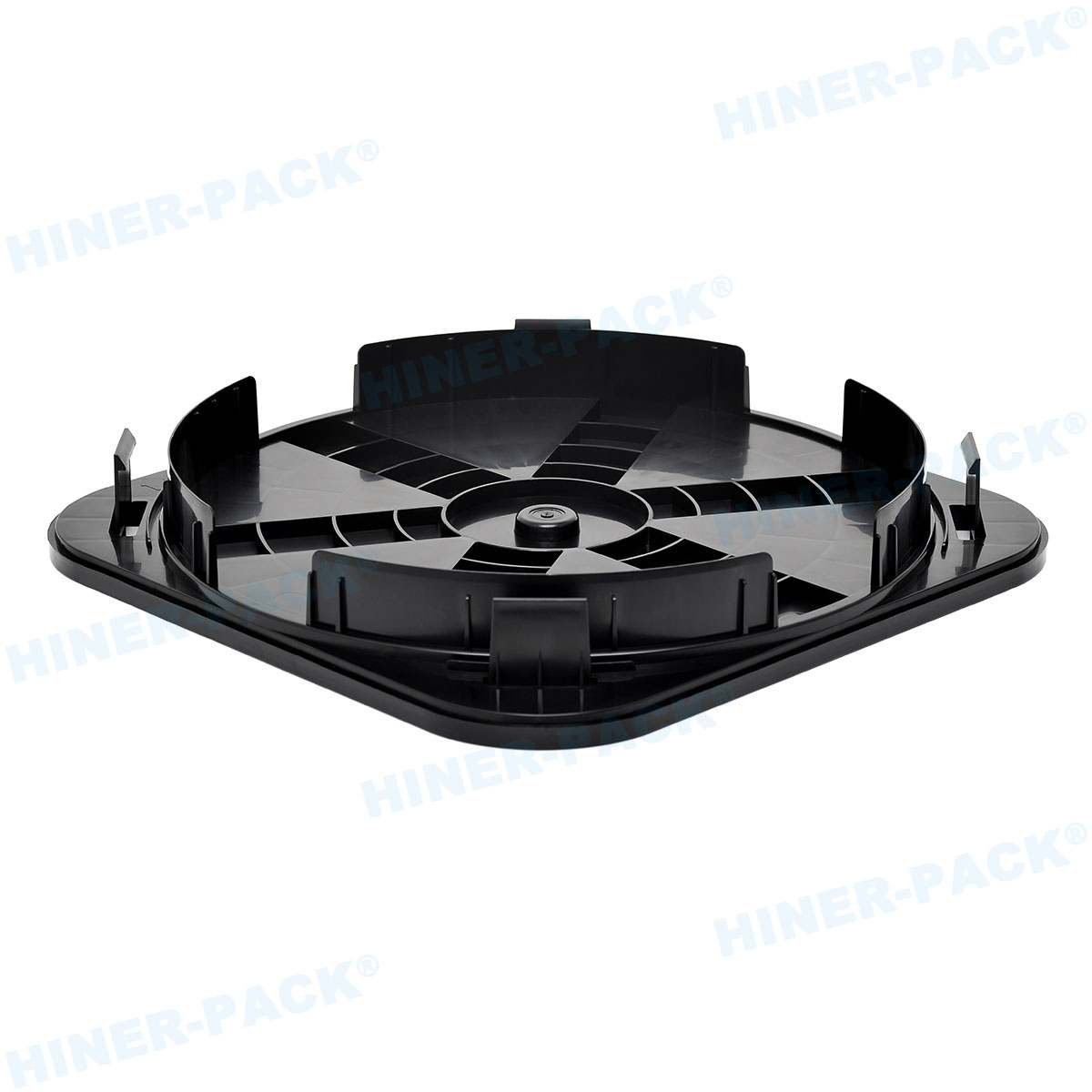
Material Selection for Silicon Wafer Holders
The choice of materials for a silicon wafer holder is critical to its performance and longevity. Common materials include aluminum, stainless steel, ceramics, and quartz, each with distinct advantages. Aluminum is lightweight and cost-effective but may not suit high-temperature environments. Ceramics, such as alumina or silicon carbide, offer excellent thermal stability and chemical resistance, making them ideal for harsh processes. Quartz is preferred for its purity and transparency, useful in optical applications. When engaging in Custom wafer holder design, material selection should align with specific process requirements, such as minimizing outgassing in vacuum systems. A knowledgeable Silicon wafer holder manufacturer can provide guidance on material properties, ensuring that the holder does not introduce contaminants or deform under stress. As wafer sizes increase, material choices must also account for weight and structural integrity to prevent sagging or breakage. Ultimately, the right material enhances the reliability of the Semiconductor wafer holder and supports consistent manufacturing outcomes.
Innovations in Wafer Holder Technology
The field of wafer holder technology is continuously evolving, driven by the demands of advanced semiconductor nodes. Recent innovations include the development of smart holders with embedded sensors for real-time monitoring of temperature, pressure, and vibration. These advancements allow for predictive maintenance, reducing unplanned downtime. Another trend is the use of additive manufacturing for Custom wafer holder design, enabling complex geometries that were previously impossible. For instance, 3D-printed holders can incorporate internal cooling channels for better thermal management. Additionally, there is a growing focus on sustainability, with manufacturers exploring recyclable materials and energy-efficient production methods. As the industry moves toward larger 450mm wafers, innovations in Semiconductor wafer holder design will be crucial for handling these substrates without compromising precision. Collaborating with a forward-thinking Silicon wafer holder manufacturer can help companies stay ahead of these trends, ensuring that their equipment remains state-of-the-art.
Best Practices for Maintaining Wafer Holders
Proper maintenance is key to extending the life of a silicon wafer holder and ensuring consistent performance. Best practices include regular cleaning using approved solvents to remove residues, as well as periodic inspections for signs of wear or damage. It's advisable to follow guidelines provided by the Silicon wafer holder manufacturer for specific maintenance schedules. For holders used in critical processes, implementing a calibration routine can verify alignment and functionality. In cases of Custom wafer holder design, maintenance protocols should be tailored to the unique features of the holder. Additionally, training staff on proper handling techniques can prevent accidental damage. By adhering to these practices, companies can avoid common problems like contamination or misalignment, thereby protecting their investment and maintaining high production standards. Regular audits of holder condition can also identify opportunities for upgrades or Custom wafer holder design improvements.
The Future of Semiconductor Wafer Holders
Looking ahead, the future of Semiconductor wafer holder technology will be shaped by trends such as the Internet of Things (IoT), artificial intelligence, and the push for greener manufacturing. Holders may become more interconnected, providing data that feeds into AI algorithms for optimization. Sustainability will drive the adoption of eco-friendly materials and designs that reduce waste. As new semiconductor materials like gallium nitride or silicon carbide gain traction, Custom wafer holder design will need to adapt to their unique properties. The role of the Silicon wafer holder manufacturer will expand to include digital services, such as remote diagnostics and support. Ultimately, the silicon wafer holder will remain a vital component, evolving to meet the challenges of next-generation chips. By staying informed and partnering with innovative manufacturers, companies can leverage these advancements for competitive advantage.
In conclusion, the silicon wafer holder is more than just a simple tool; it is a precision instrument that underpins the success of semiconductor manufacturing. From selecting a reliable Silicon wafer holder manufacturer to embracing Custom wafer holder design, every decision impacts efficiency and yield. By understanding common problems and implementing best practices, industry professionals can ensure that their wafer holders contribute to optimal performance. As technology advances, continuous innovation in Semiconductor wafer holder design will play a pivotal role in shaping the future of electronics.



